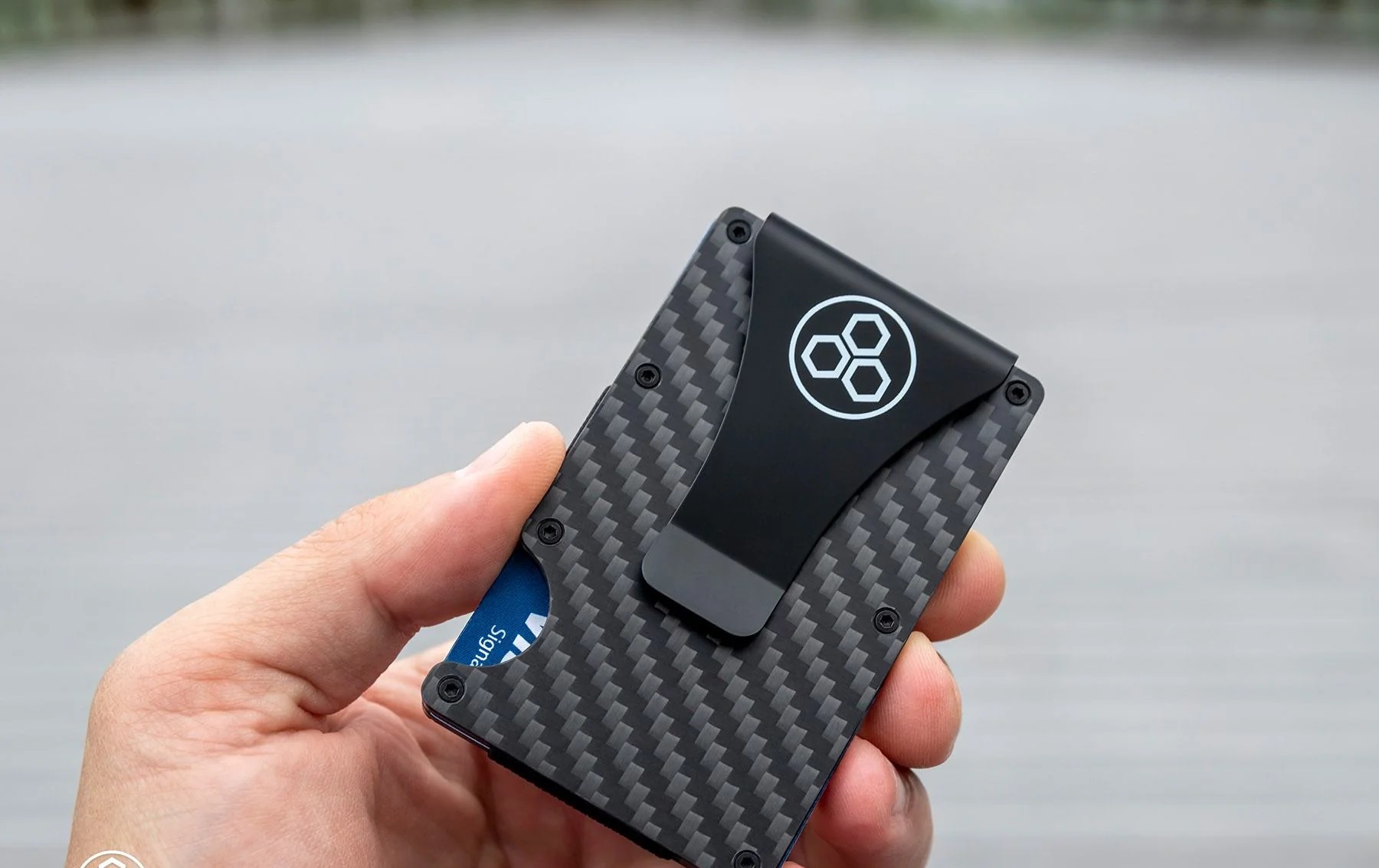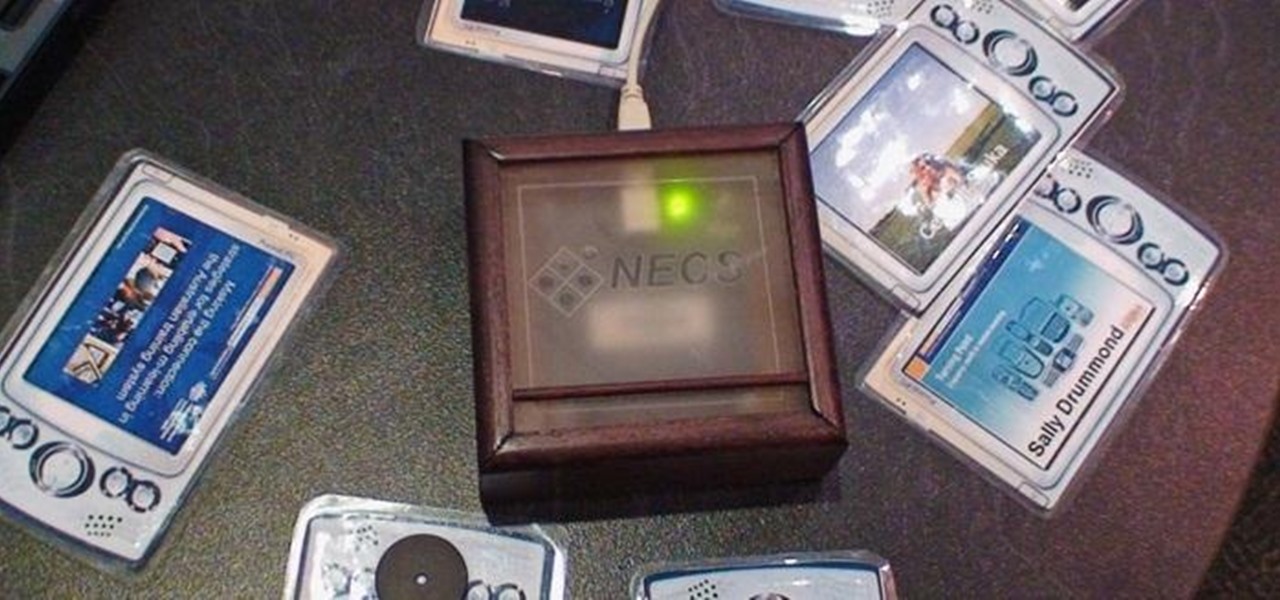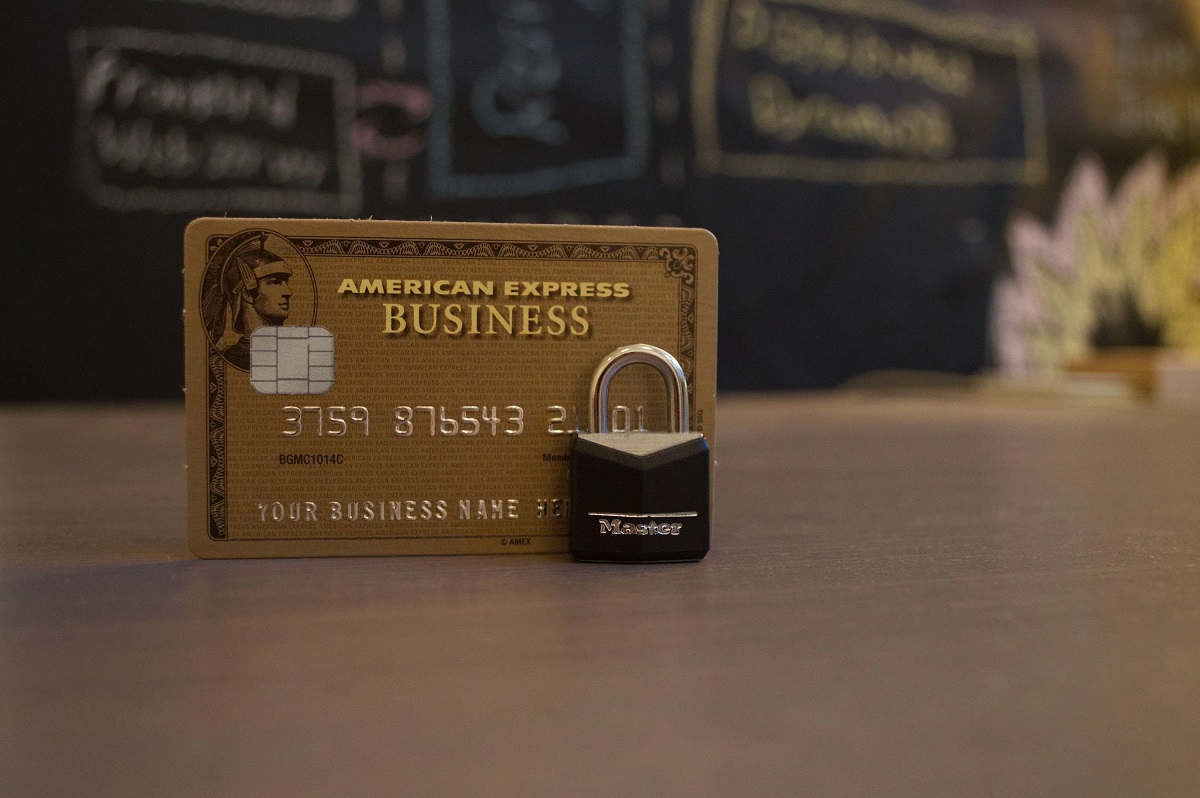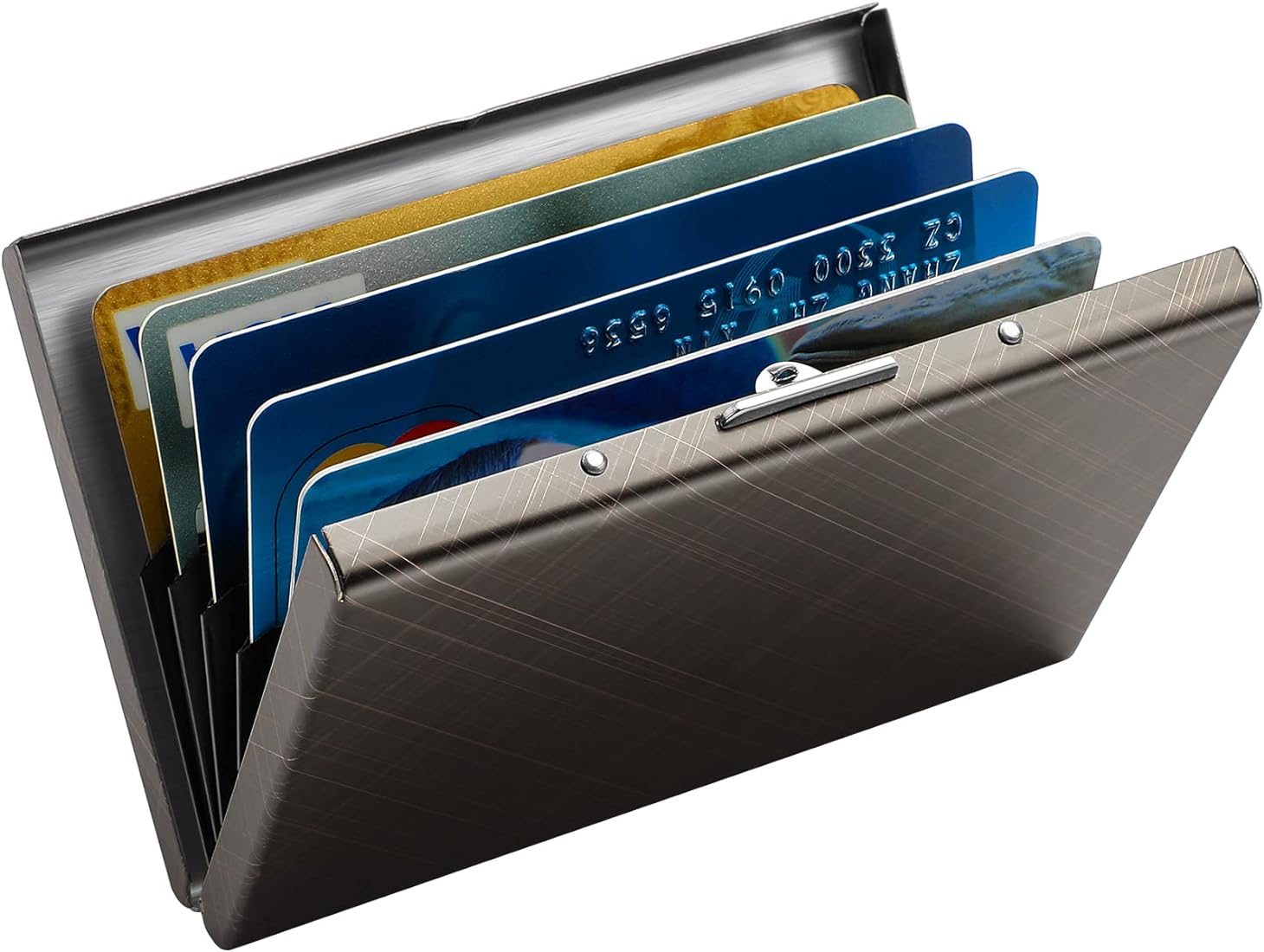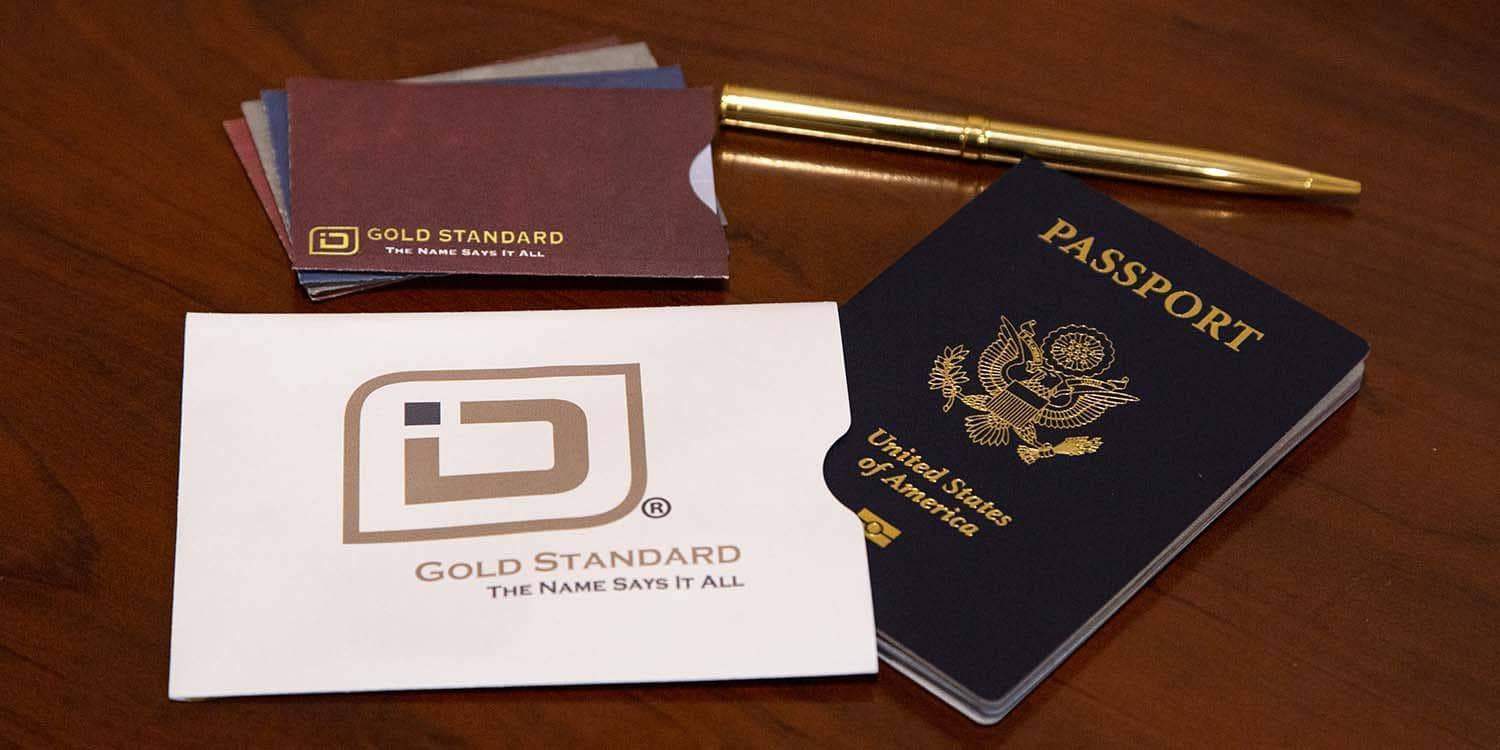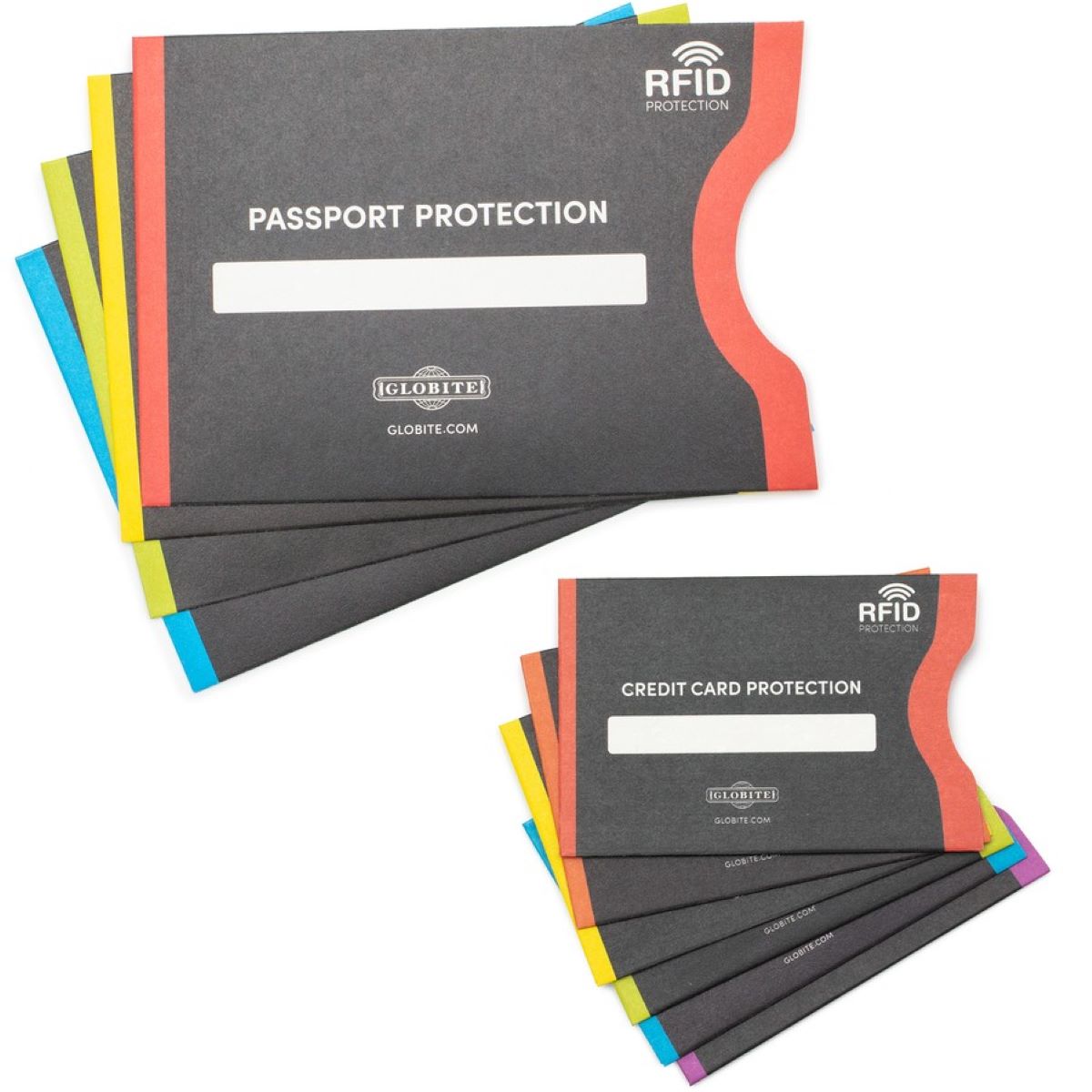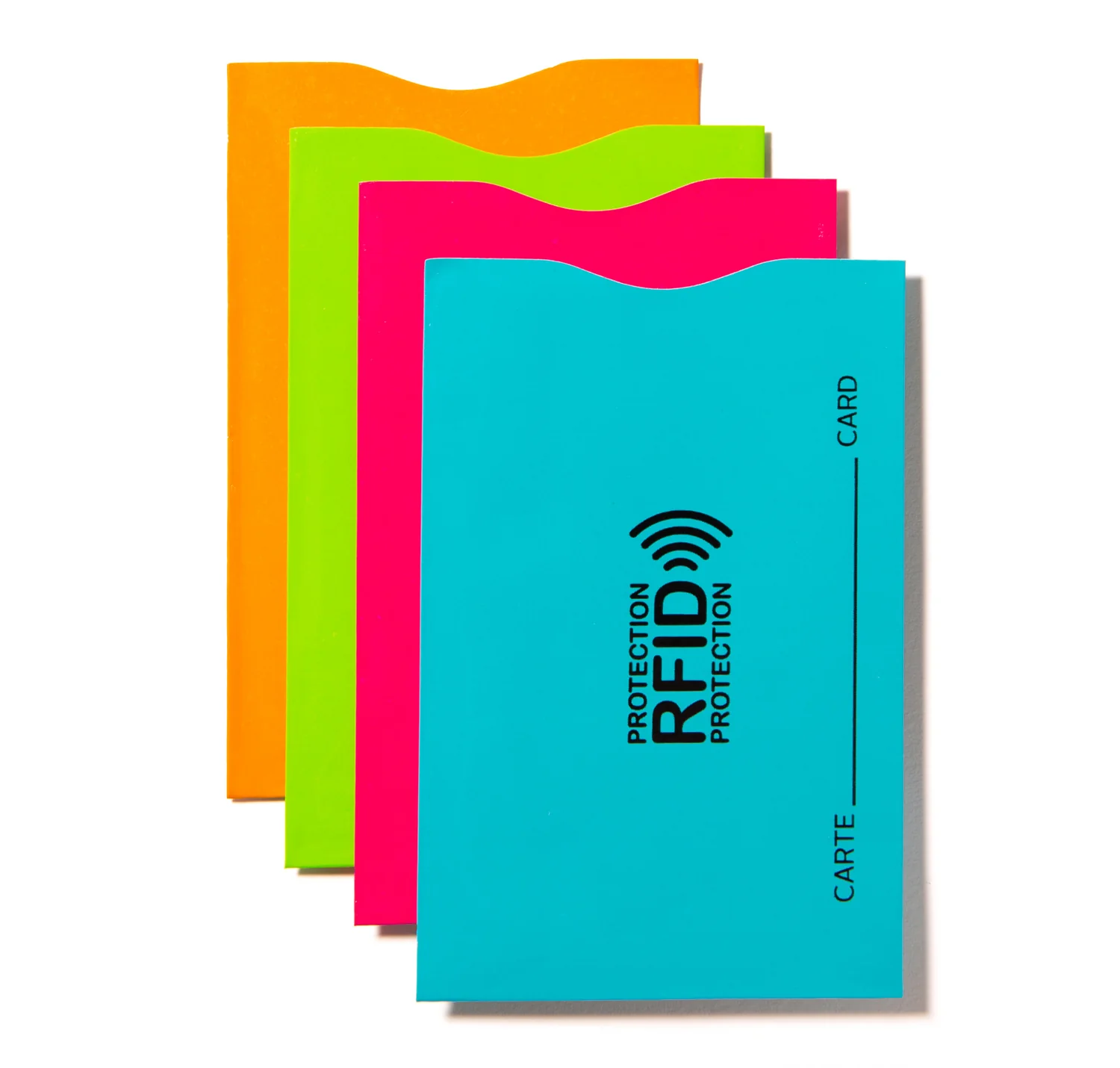Introduction
RFID, short for Radio Frequency Identification, has become increasingly prevalent in our modern world. This technology allows for the wireless transmission of data using radio waves, enabling the tracking and identification of objects or individuals. While RFID has numerous practical applications, such as inventory management and contactless payment, concerns about privacy and security have emerged.
Many people are worried about potential unauthorized access to their personal information through RFID technology, as it is capable of reading data from a chip embedded in a credit card, passport, or other forms of identification. To address these concerns, individuals have been seeking methods to block RFID signals and protect their sensitive data from being scanned without their knowledge or consent.
In this article, we will explore the effectiveness of using foil to block RFID signals. We will delve into the underlying principles of RFID technology and understand why individuals might want to block these signals. Additionally, we will discuss the factors to consider when using foil for RFID blocking, the number of foil layers required for effective shielding, and alternative methods available for blocking RFID signals.
By the end of this article, readers will have a better understanding of the possibilities and limitations of using foil as an RFID blocking mechanism, helping them make informed decisions to protect their personal information in an increasingly connected world.
What is RFID?
RFID, which stands for Radio Frequency Identification, is a technology that allows for the wireless transmission of data using radio waves. It involves the use of electronic tags, also known as RFID tags or transponders, that contain a unique identifier and sometimes additional information. These tags are attached to objects or embedded in items such as credit cards, passports, driver’s licenses, or even implanted in living beings for identification purposes.
The RFID system consists of three essential components: the RFID tags, RFID readers, and a computer network. The tags, which can be passive (no battery) or active (with a battery), contain information that can be read by RFID readers. The readers emit radio waves and receive the tag’s response, capturing the encoded data. The collected information is then transferred to a computer network, where it can be processed and utilized.
RFID technology offers distinct advantages over traditional barcode scanning. While barcodes require line-of-sight contact and must be scanned individually, RFID tags can be read from a distance without direct visibility, allowing for quicker and more efficient data capture. This technology has revolutionized industries such as supply chain management, transportation, logistics, inventory tracking, and access control systems.
RFID tags come in various forms, including adhesive labels, key fobs, wristbands, or flexible tags that can be attached to different types of objects. These tags can hold different amounts of data, ranging from a simple unique identifier to more complex information like product details or medical records.
As RFID technology continues to advance, it offers numerous benefits for businesses and consumers. However, it also raises concerns regarding privacy and security, as the data stored on RFID tags can potentially be accessed by unauthorized individuals or entities. To address these concerns, individuals often seek methods to block or shield RFID signals, preventing unauthorized scanning of their personal information.
How does RFID technology work?
RFID technology operates on the principle of using electromagnetic fields to communicate between an RFID tag and an RFID reader. The process can be broken down into several stages:
- Tag Activation: When an RFID reader emits radio waves, it provides the necessary energy to power the passive RFID tag. The electromagnetic field generated by the reader induces a current in the tag’s antenna, enabling it to transmit a response.
- Tag Response: The passive RFID tag, now activated, modulates and reflects the radio waves back to the reader through its antenna. This response carries the tag’s unique identifier and any additional information stored on the tag’s memory chip.
- Signal Capture: The RFID reader captures the modulated radio waves carrying the tag’s response. It analyzes the received signal and decodes the information, retrieving the data stored on the tag.
- Data Processing: After capturing the signal, the RFID reader transfers the collected information to a computer network for further processing and utilization. This could involve updating a database, triggering an action, or providing real-time tracking information.
RFID technology utilizes various frequency ranges to transmit data between RFID tags and readers. The most commonly used frequency ranges are low frequency (LF), high frequency (HF), and ultra-high frequency (UHF).
Low-frequency RFID operates within the range of 125-134 kHz and is primarily used for short-range applications. It is commonly found in access control systems, animal tracking, and some payment systems. High-frequency RFID, operating between 13.56 MHz, is suitable for short to medium-range applications, such as public transportation cards, library systems, and contactless payment cards.
Ultra-high frequency RFID, on the other hand, operates within the range of 860-960 MHz and offers longer read ranges. It is widely used in inventory management, supply chain logistics, and asset tracking applications, as it allows for fast and efficient data capture, even in high-volume scenarios.
Overall, RFID technology provides a convenient and efficient means of identifying objects or individuals wirelessly. However, concerns regarding privacy and data security have prompted individuals to explore methods to block or shield RFID signals, particularly when it comes to personal identification documents and sensitive information.
Why would someone want to block RFID signals?
With the increasing use of RFID technology in various aspects of our lives, concerns regarding privacy and security have arisen. Several reasons why individuals may want to block RFID signals include:
- Preventing unauthorized access: RFID technology allows for the wireless transmission of data, which means that someone with an RFID reader can potentially intercept and access information stored on RFID tags. Blocking RFID signals helps safeguard personal information, such as credit card details or passport data, from being scanned without consent.
- Protecting sensitive financial information: Many credit cards and payment systems now feature contactless RFID technology, allowing for quick and convenient transactions. However, this convenience can also pose a risk if someone with malicious intent manages to capture the data wirelessly. Blocking RFID signals adds an additional layer of protection to prevent unauthorized access to financial information.
- Maintaining personal privacy: RFID technology is increasingly embedded in various forms of identification documents, such as passports, driver’s licenses, and access cards. This raises concerns that individuals’ movements and activities can be monitored without their knowledge or consent. Blocking RFID signals helps preserve personal privacy, ensuring that one’s whereabouts and activities remain private.
- Avoiding identity theft: Identity theft is a growing concern in our digital age. RFID-enabled identification documents make it easier for thieves to skim personal information and use it for fraudulent purposes. Blocking RFID signals makes it significantly more difficult for thieves to access sensitive data, reducing the risk of identity theft.
- Preserving personal security: In certain situations, it’s important to prevent RFID signals from being detectable. For example, individuals may want to protect their personal information when traveling or in crowded public areas where there is a higher risk of RFID skimming. Blocking RFID signals can help ensure personal security in these scenarios.
By blocking RFID signals, individuals can take proactive steps to protect their personal information, enhance their privacy, and mitigate potential risks associated with unauthorized access or identity theft. Whether it’s shielding credit card details, preventing location tracking, or safeguarding sensitive identification documents, the ability to block RFID signals offers peace of mind in an increasingly interconnected world.
How effective is foil in blocking RFID signals?
Foil, such as aluminum foil, has been a popular method for blocking RFID signals due to its conductive properties. But how effective is it really?
When properly utilized, foil can act as a barrier to block or significantly weaken RFID signals, preventing them from reaching an RFID tag and reading its data. The foil creates a Faraday cage effect, which is a conductive enclosure that effectively blocks electromagnetic fields from penetrating it.
However, it’s important to note that the effectiveness of foil in blocking RFID signals can vary depending on several factors. These factors include the thickness and quality of the foil, the distance between the foil and the RFID reader, the strength of the RFID signal, and the frequency used by the RFID system.
Thicker and higher-quality foil tends to provide better RFID blocking capabilities compared to thinner or lower-quality foil. This is because thicker foil offers more resistance to the penetration of electromagnetic fields. It’s recommended to use aluminum foil with a thickness of at least 20 micrometers for optimal results.
The distance between the foil and the RFID reader is also important. The closer the foil is to the reader, the more effective it will be at blocking the RFID signal. Placing the foil directly against the RFID tag or item can provide the best blocking results.
Additionally, the strength of the RFID signal and the frequency used by the RFID system can impact the effectiveness of foil. Some RFID systems operate at higher frequencies or use stronger signals, which may be more challenging to block completely with foil. In these cases, multiple layers of foil or alternative blocking methods may be necessary for adequate protection.
It’s essential to recognize that while foil can effectively block or weaken RFID signals, it is not a foolproof solution. It offers a level of protection but can still be susceptible to advanced RFID skimming techniques or higher-powered RFID systems. Therefore, it’s advisable to combine foil blocking with other security measures, such as using RFID-blocking wallets or sleeves.
Overall, foil can be an effective tool for blocking RFID signals when used correctly and in conjunction with other security measures. It provides an accessible and affordable option for individuals concerned about the potential unauthorized access of their personal information through RFID technology.
Factors to consider when using foil to block RFID signals
When utilizing foil as a method to block RFID signals, there are several important factors to consider to ensure effectiveness and maximize protection:
- Foil thickness: The thickness of the foil can impact its blocking capabilities. Thicker foil provides better resistance to electromagnetic fields. It is recommended to use aluminum foil with a thickness of at least 20 micrometers for optimal results.
- Foil quality: The quality of the foil can also affect its effectiveness as an RFID blocker. Higher quality foil with better conductive properties will provide better results compared to lower quality alternatives.
- Placement: Proper placement of the foil is crucial for effective RFID blocking. The foil should be positioned directly against the RFID tag or item to create a barrier between the tag and the RFID reader. This maximizes the blocking effect and minimizes the chances of signal leakage.
- Distance: The distance between the foil and the RFID reader can impact the effectiveness of the blocking. Keeping the foil as close to the reader as possible ensures optimal blocking performance. Placing the foil directly against the tag or item provides the best level of protection.
- Signal strength and frequency: The strength of the RFID signal and the frequency used by the RFID system can affect the foil’s blocking capabilities. Some RFID systems operate at higher frequencies or use stronger signals, which may require additional layers of foil or alternative blocking methods to achieve adequate protection.
- Complete coverage: To ensure effective RFID blocking, it’s essential to cover the entire RFID tag or item with foil. Any gaps or openings in the foil can potentially allow RFID signals to penetrate and read the data. Carefully wrap the item with foil, ensuring there are no exposed areas.
- Consider alternative options: While foil can be an effective blocking method, it is not the only option available. RFID-blocking wallets, card sleeves, and pouches made with specialized materials offer convenient and reliable shielding from RFID signals. These alternatives provide a dedicated solution without the need for manually wrapping items with foil.
By considering these factors, individuals can ensure that they are utilizing foil effectively to block RFID signals. It’s important to keep in mind that while foil can offer a level of protection, it may not be foolproof against advanced RFID skimming techniques or stronger RFID systems. Therefore, combining foil blocking with additional security measures provides a comprehensive approach to safeguarding personal information.
How many layers of foil are needed to block RFID signals?
When it comes to blocking RFID signals using foil, the number of layers needed can depend on various factors. These factors include the strength of the RFID signal, the frequency used by the RFID system, and the desired level of protection. While there is no specific rule for the exact number of foil layers required, multiple layers are often recommended to increase the effectiveness of RFID blocking.
Generally, using at least three layers of foil is considered to be a good starting point for blocking RFID signals. Each additional layer adds an extra barrier to the electromagnetic fields, making it more difficult for the signals to penetrate and read the RFID tags. However, it’s important to remember that adding more layers does not necessarily guarantee complete blocking.
While three layers can provide a reasonable level of RFID blocking, it’s important to consider the thickness and quality of the foil being used. Thicker and higher-quality foil may require fewer layers to achieve the same level of protection as thinner or lower-quality alternatives.
Factors such as the strength of the RFID signal and the frequency used can also impact the effectiveness of foil layers. If the RFID system operates at higher frequencies or uses stronger signals, additional layers may be necessary to counteract that power and provide optimal blocking.
It’s worth noting that excessively thick or bulky layers of foil can become impractical, especially when it comes to everyday items like credit cards or passports. In such cases, using specialized RFID-blocking wallets, card sleeves, or pouches may offer a more convenient and efficient solution, eliminating the need for multiple layers of foil.
It’s important to test the effectiveness of the chosen method, whether it’s multiple layers of foil or other RFID-blocking options, to ensure that it adequately blocks the RFID signals. Conducting experiments and checking for any signal leakage or successful RFID tag readings can help determine the optimal number of layers required for effective RFID blocking.
Ultimately, the number of foil layers needed to block RFID signals will depend on various factors, and finding the right balance between protection, practicality, and convenience is key. By considering these factors and experimenting with different solutions, individuals can achieve the desired level of RFID blocking for their personal information and belongings.
Other methods to block RFID signals
While using foil is a common method for blocking RFID signals, there are alternative approaches and specialized products that offer effective RFID blocking. These methods provide convenience, reliability, and specific design features tailored for RFID protection:
- RFID-blocking wallets: RFID-blocking wallets are designed with specialized materials that create a shield against RFID signals. These wallets feature built-in layers or linings that block electromagnetic waves, preventing unauthorized scanning of cards or identification documents stored inside.
- RFID-blocking sleeves: RFID-blocking sleeves are slim and lightweight covers made with RFID-blocking materials. They are designed to fit over individual cards or passports, creating a secure barrier against RFID signals. These sleeves are convenient for protecting specific items without the need for complete wrapping in foil.
- RFID-blocking pouches: RFID-blocking pouches are larger enclosures made with RFID-blocking materials. They can hold multiple cards or passports, providing a convenient solution for organizing and protecting sensitive documents and cards.
- Specialized RFID-blocking fabric: Some companies offer fabrics specifically designed to have RFID-blocking capabilities. These fabrics can be used to make custom pouches, sleeves, or even clothing that offers RFID protection.
- Metallized bags: Metallized bags, similar to foil, are made with layers of metallic materials that block RFID signals. These bags are often used for protecting larger items such as laptops, tablets, or even entire backpacks.
- RFID-blocker cards: RFID-blocker cards are credit card-sized devices that use passive technology to generate a field that interferes with RFID signals. These cards can be placed in wallets or cardholders alongside other cards, providing a protective shield against unauthorized scanning.
- Signal-blocking fabric: Signal-blocking fabric is designed to block various types of signals, including RFID. These fabrics are often used to make discreet pouches or lined pockets, which offer an inconspicuous way to shield RFID-enabled items.
- Active RFID jammers: Active RFID jammers are electronic devices that actively disrupt and block RFID signals within their range. These devices emit strong electromagnetic fields that overpower the RFID signals, preventing any scanning attempts. However, it’s essential to be aware of the legal and ethical considerations of using active RFID jammers.
These alternative methods offer a wide range of RFID-blocking options, allowing individuals to choose the most suitable solution based on their needs and preferences. Whether it’s using specialized wallets, sleeves, or pouches, or opting for signal-blocking fabric or active RFID jammers, these methods provide convenient and reliable ways to protect personal information from unauthorized RFID scanning.
Conclusion
RFID technology has become increasingly prevalent in our modern world, offering convenient ways to track and identify objects or individuals. However, concerns about privacy and security have risen, leading individuals to seek methods to block RFID signals and protect their sensitive data.
Using foil, such as aluminum foil, has been a popular approach for blocking RFID signals due to its conductive properties. When properly utilized, foil can act as a barrier, weakening or blocking RFID signals from reaching and reading RFID tags. However, the effectiveness of foil can vary depending on factors such as foil thickness, quality, placement, distance from the RFID reader, signal strength, and frequency used by the RFID system.
While foil can offer an accessible and affordable option for RFID blocking, it may not provide foolproof protection against advanced RFID skimming techniques or stronger RFID systems. Therefore, combining foil blocking with other security measures, such as RFID-blocking wallets, sleeves, or pouches, can provide a more comprehensive approach for safeguarding personal information.
Additionally, alternative methods to block RFID signals, such as specialized RFID-blocking products like wallets, sleeves, pouches, or signal-blocking fabric, offer convenience, reliability, and specific design features tailored for RFID protection. These options provide users with a variety of choices to suit their needs and preferences.
In conclusion, protecting personal information from unauthorized RFID scanning is crucial in today’s connected world. Whether utilizing foil, specialized products, or a combination of security measures, taking proactive steps to block RFID signals can help ensure privacy, prevent unauthorized access, and mitigate the risks associated with RFID technology.









